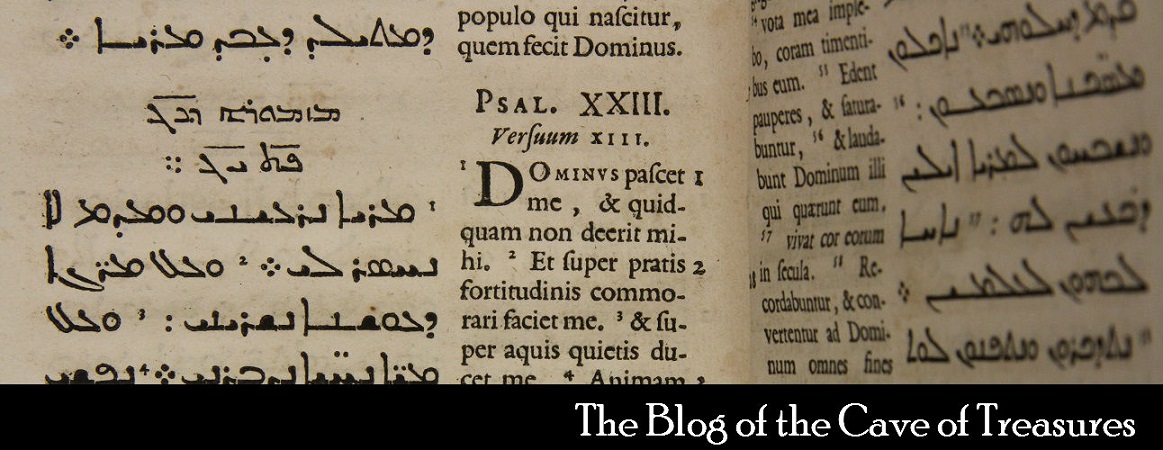Discovering a New World in the Old: Revealing, Preserving, and Sharing the Syriac Manuscript Heritage
in the Near East and India
By
Fr. Columba Stewart, OSB, DPhil, Hill Museum & Manuscript Library
On
the occasion of the appearance of the fifteenth volume of the edition
of the Peshitta, the second-century Syriac Bible still used by Syriac
Christians in the Middle East and the Diaspora. This is the first volume
prepared in Amsterdam after the move of the Peshitta Institute from
Leiden.
Since 2003 the
Hill Museum & Manuscript Library
(HMML) at Saint John’s University, Collegeville, Minnesota, has been
partnering with Syriac-tradition communities throughout the Near East
and South India to digitize, catalog, and share their manuscript
heritage. HMML’s work with Syriac manuscripts is part
of a broader effort that began on the eve of the US-led invasion of
Iraq and continued throughout subsequent tragedies, particularly the
rise of Daesh (ISIS) in 2014, when Christians were uprooted from Mosul
and villages throughout the Nineveh plain.
The
result has been the digitization of more than 15,000 Syriac and
Garshuni manuscripts from five countries (India,
Iraq, Lebanon, Syria, Turkey) and the Old City of Jerusalem. These
include manuscripts from the Chaldean Catholic, Malankara Orthodox,
Maronite, Syriac Catholic, Syriac Orthodox, Syro-Malabar Catholic and
Syro-Malankara Catholic traditions. Together these
represent a largely unstudied array of manuscript material
complementing the well-known collections in Europe and North America.
Most of these manuscripts were previously inaccessible to scholars. In
recent years some collections have been moved or hidden
because of war, while others have been destroyed. Complete digital
versions are now coming online through vHMML Reading Room, with more
than 4000 Syriac manuscripts already freely accessible, including scans
of almost 50 manuscripts from the microfilm collection
of the Peshitta Institute.
The
lecture will be followed by short talks on the new Brill Peshitta Portal (Wido van Peursen) and the on the 60th
anniversary of the Peshitta Institute (Bas ter Haar Romeny). After
these, the new volume will be presented to H.E. Mor Polycarpus,
Metropolitan
and Patriarchal Vicar for the Netherlands of the Syriac Orthodox
Church, and Fr. Columba Stewart. The meeting will be concluded by a
drinks reception.
15
October 2019, 3 p.m., room Agora 1 (third floor, main building), Vrije
Universiteit Amsterdam, De Boelelaan 1105, 1081 HV Amsterdam
Registration (optional):
bas.ter.haarromeny@vu.nl



